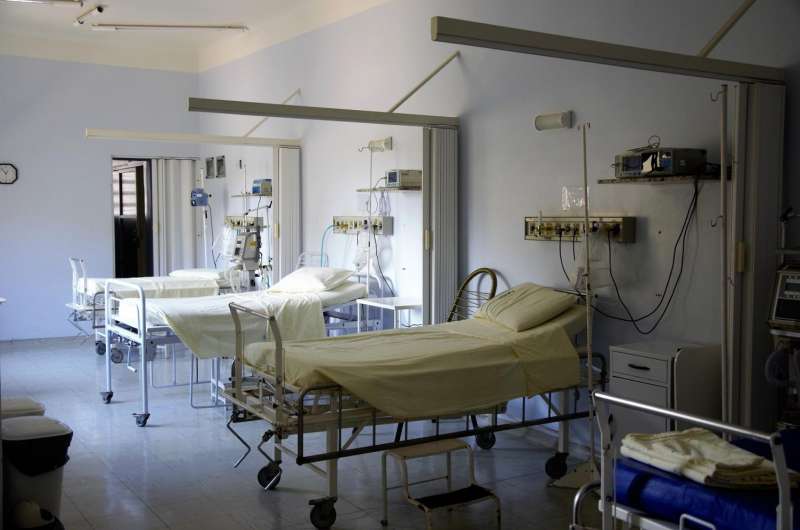Restoring Muscle Stem Cell Function to Combat Age-Related Frailty

New research shows that Prostaglandin E2 can rejuvenate aged muscle stem cells, improving muscle regeneration and strength in older individuals, offering promising strategies against age-related frailty.
As populations in developed countries continue to age, issues like frailty and decreased muscle strength are becoming significant health concerns. This decline is often due to sarcopenia, characterized by a progressive loss of muscle mass, which increases risks of falls, fractures, and other health complications. Muscle repair relies heavily on specialized cells called muscle stem cells, which facilitate muscle regeneration after injury. However, with age, these stem cells become less functional, impairing the body's ability to repair damaged muscle tissue.
Recent research led by scientists at Sanford Burnham Prebys has revealed promising strategies to reverse these age-related changes. Their studies, published in Cell Stem Cell, demonstrate that treatment with Prostaglandin E2 (PGE2), a naturally occurring lipid, can rejuvenate aged muscle stem cells. In experiments involving aged mice, the administration of stable PGE2 improved muscle regeneration and increased muscle strength. This is achieved by counteracting molecular alterations that accumulate with aging, such as reduced expression of the PGE2 receptor EP4, which hampers signaling necessary for muscle repair.
The research highlights that aged muscle stem cells exhibit a decline in EP4 receptor levels, making them less responsive to PGE2 signals. By supplementing PGE2, researchers effectively 'wake up' these dormant cells, restoring their ability to regenerate muscle tissue. Remarkably, a single dose was enough to produce long-lasting benefits, with treated mice showing significant improvements in muscle mass and strength. The study also reveals that PGE2 modulates key genetic pathways, reversing many gene expression changes associated with aging.
Beyond muscle tissue, PGE2 may have broader regenerative applications, as prior evidence suggests it also supports neuronal, intestinal, and liver cell regeneration. The ultimate goal of this research is to develop therapies that can improve quality of life by reversing the biological effects of aging across multiple tissues. Future investigations aim to explore how PGE2 and similar compounds can be used to prevent sarcopenia and enhance tissue regeneration in humans.
This breakthrough offers hope for developing treatments that not only mitigate frailty in the elderly but potentially restore vitality and independence, ultimately aging more healthfully.
Stay Updated with Mia's Feed
Get the latest health & wellness insights delivered straight to your inbox.
Related Articles
Innovative AI System Aims for Early Detection of Cardiovascular, Diabetic Eye Diseases, and Cancer
Researchers at Edith Cowan University have developed an AI system capable of early detection and staging of cardiovascular disease, diabetic eye conditions, and cancer using routine medical imaging, aiming to improve diagnosis and treatment outcomes.
Advances in Home Care for Children with Acute Gastroenteritis Based on Recent Research
New research confirms that providing ondansetron to children with gastroenteritis at discharge helps prevent recurrence of vomiting and supports at-home recovery, leading to improved pediatric emergency care.
New Prognostic Model Enhances Prediction of Mortality in Severe Drug Reactions
A new prognostic model utilizing routine blood tests offers an effective way to predict mortality risk in patients with severe drug reactions like DRESS, enabling earlier and more personalized interventions.



